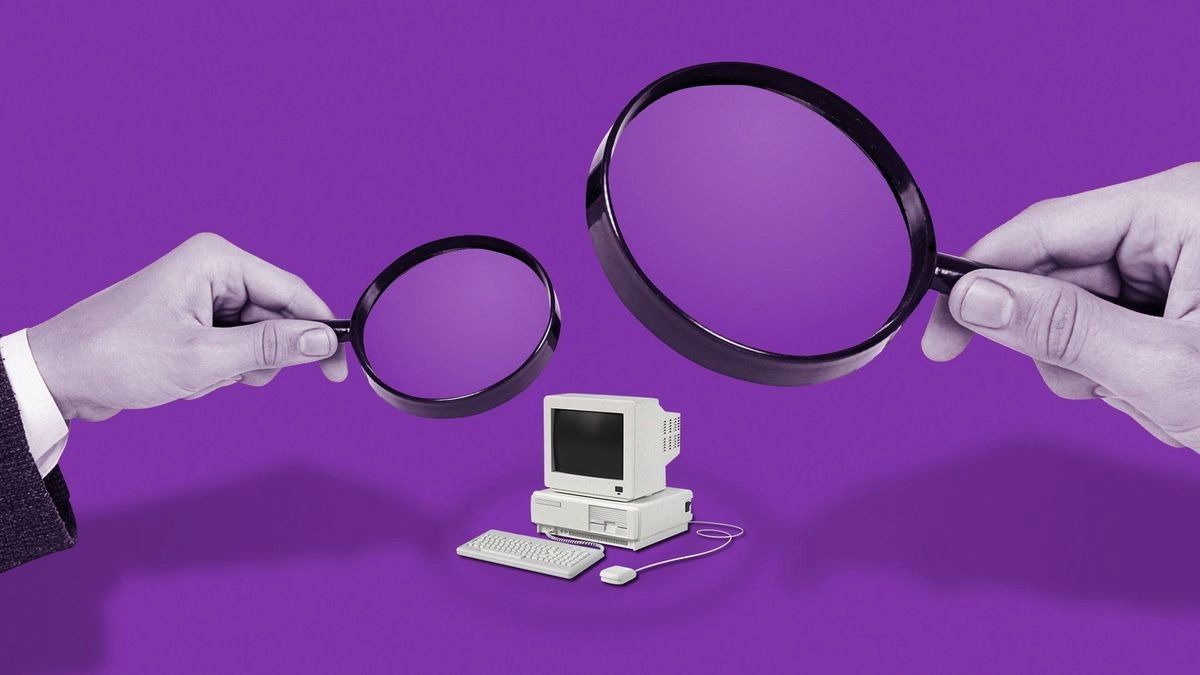Business Practices, eNews
A Guide to Switching ERP Systems

Enterprise resource planning (ERP) systems support several business functions such as accounting, production, customer services, procurement and credit. ERPs provide companies with a platform to help manage parts of their business. Nonetheless, businesses frequently compelled to transition their ERP systems as a result of mergers or acquisitions must discover efficient methods for data integration.
Depending on the needs of your company and credit department, some credit professionals have formal procedures to follow during an ERP system change. But the features of the ERP system itself are one of the most important factors.
A few challenges to consider when undergoing an ERP change include operational disruption, potential data loss and little to no knowledge of how to use the new system. Migrating data is inevitable when switching systems, and without any data backups or testing, a company could potentially lose years’ worth of data. If just one step in the process goes awry, it could set the credit department and entire company back weeks.
You want to know what tools are available so that you don’t have to go outside the system, said George Antonopoulos, chief financial officer at TriStar Metals (Aurora, IL). “In a merger and acquisition, if you’re keeping your ERP system, it’s a much easier scenario because you’ll be adding more customers to it,” Antonopoulos explained. “You want to be more in tune with the new customers who are being acquired, so you want to approach them and keep that customer relationship going while learning how to keep credit management side of it going.”
But if a company is going through a merger or acquisition where a new ERP system is needed, multiple rounds of testing are a critical step in the process. “The last thing you want to happen is to try and do your job in an ERP environment where your ERP isn’t functioning correctly,” Antonopoulos said. “From a functionality standpoint, you should test to make sure credit management functions are built in, such as alerts when customers pay late, or the system has automatic functions that may hold shipment or put a customer on credit hold. Know how each function runs before actually using it.”
The environment of a merger and acquisition pushes credit departments into new territory. The learning curve is all part of the experience, but putting operational procedures to use helps mitigate big losses. “You learn to adjust when it comes to work culture and how that culture impacts their customers when merging or being acquired,” said Antonopoulos. “You have to know how your environment is changing in this scenario.”
In addition to thorough system testing and up-to-date written procedures during an ERP system change, it starts with credit professionals getting a seat at the table, said Eleanor Hartman, CCE, credit manager at Autodesk, Inc. (Portland, OR). “The credit department’s needs very rarely line up 100% with what other departments think of as necessary, so advocating for what you need is where it starts,” Hartman said. “Any sort of large-scale data movement should have an agreed upon procedure. It’s important to have a source of truth to be able to go back to.”
To continue the discussion about ERP systems and other technological challenges in the credit department, be sure to join NACM’s virtual Technology Thought Leaders Discussion Group.n, CCE, credit and collections manager at CECO (Portland, OR). “Fraud is more susceptible if standard processes of authority do not include double check processes, or multiple approval levels depending on the request.”





